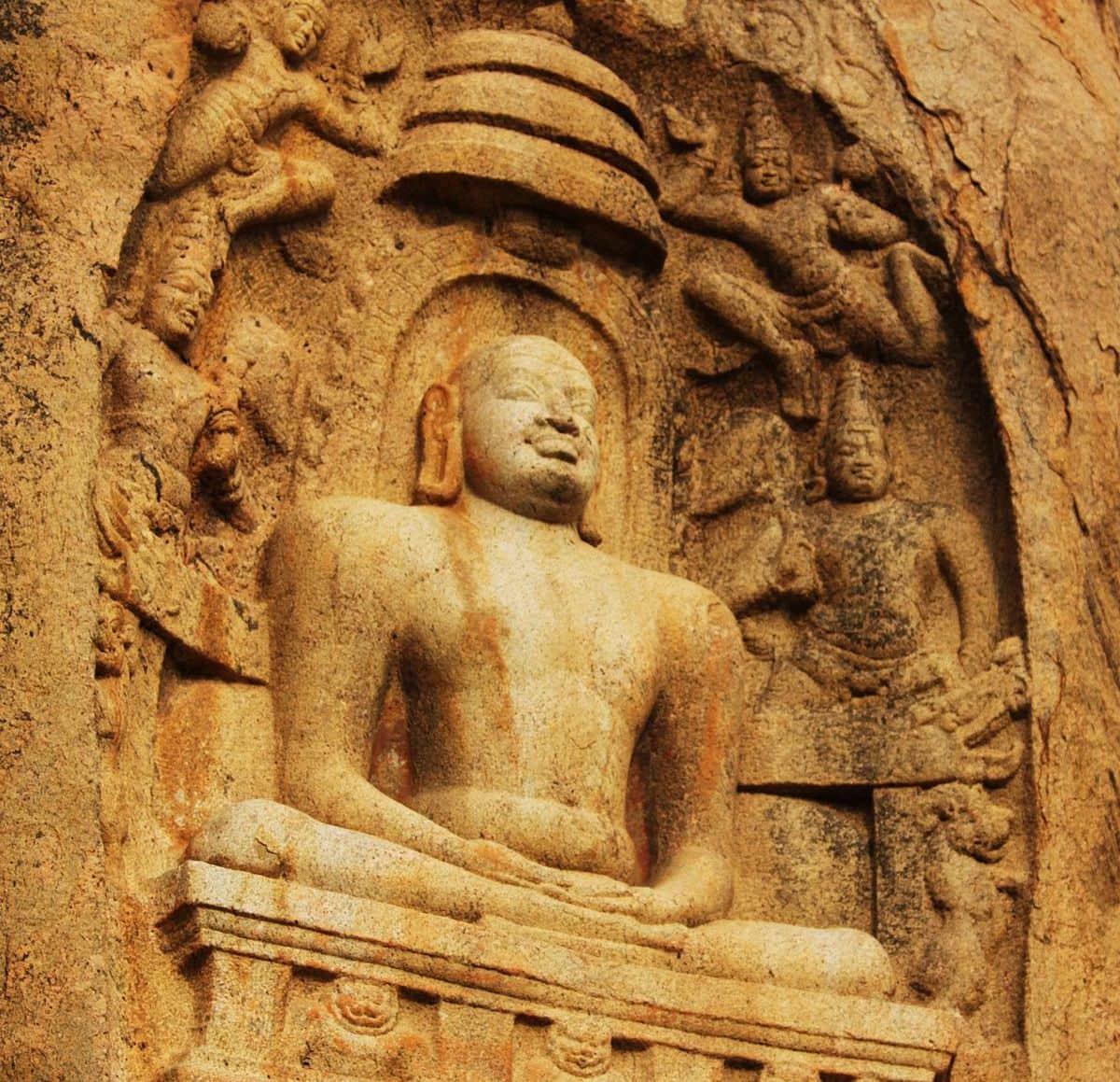In the bustling crossroads of modern life, where the clamor of notifications and the hum of urban existence often drown out the whispers of introspection, meditation has emerged as a beacon of tranquility. Yet, as it finds its place within corporate boardrooms, wellness apps, and personal routines, a compelling question arises: can meditation truly be disentangled from its rich spiritual origins? This exploration delves into the evolving identity of meditation, tracing its journey from ancient sacred practices to contemporary self-care rituals. As we navigate this transformation, we invite you to ponder the delicate balance between preserving tradition and embracing innovation, and to consider what is gained—or perhaps lost—in the process of secularizing the meditative experience.
Exploring the Roots of Meditation and Its Modern Adaptations
When we delve into the historical tapestry of meditation, we uncover a rich mosaic of spiritual practices that have traversed centuries and continents. Originating in ancient spiritual traditions, meditation was often intertwined with religious rituals, serving as a conduit for achieving enlightenment or communion with a higher power. From the contemplative practices of Buddhist monks to the meditative prayers of Christian mystics, the roots of meditation are deeply embedded in the spiritual soil of humanity’s quest for meaning and transcendence.
In contemporary times, meditation has evolved, shedding much of its spiritual cloak to become a widely accessible practice embraced by people of diverse backgrounds and beliefs. Modern adaptations of meditation emphasize its benefits for mental and physical well-being, often focusing on mindfulness and stress reduction. This evolution has led to the development of various secular meditation practices that are easily integrated into daily life. Some of the popular modern forms include:
- Mindfulness-Based Stress Reduction (MBSR): A program that uses mindfulness to help people manage stress, pain, and illness.
- Transcendental Meditation (TM): A technique that involves the use of a mantra to settle the mind into a state of profound rest.
- Guided Meditation: Involves listening to a guide or recording that leads you through a meditative experience.
As meditation continues to adapt and transform, the question remains: can its spiritual roots be entirely separated from its modern practice, or do they continue to influence and enrich the experience in subtle, unseen ways?

Understanding the Intersection of Spirituality and Secular Practice
In today’s fast-paced world, the practice of meditation has found its way into the lives of many who seek calm and focus amidst the chaos. However, the question arises: can this ancient practice be effectively divorced from its spiritual roots? On one hand, meditation is deeply embedded in spiritual traditions such as Buddhism and Hinduism, where it serves as a tool for enlightenment and connection to the divine. On the other hand, modern secular practices have adopted meditation primarily as a means of stress reduction and mental clarity, often stripping away its spiritual components.
While the core techniques of meditation, such as focused breathing and mindfulness, remain consistent, their application can vary significantly. Secular meditation often emphasizes the following aspects:
- Improved concentration and attention span
- Enhanced emotional health
- Reduced stress and anxiety
- Better self-awareness
In contrast, spiritual meditation might focus on achieving a deeper understanding of oneself and the universe, fostering a sense of connection beyond the physical realm. Ultimately, whether meditation can be entirely separated from its spiritual origins depends on the individual’s intentions and beliefs. For some, the practice is a purely mental exercise, while for others, it remains an integral part of their spiritual journey.
The Role of Tradition in Contemporary Meditation Techniques
Tradition plays a multifaceted role in shaping contemporary meditation techniques. On one hand, it provides a rich tapestry of ancient wisdom and practices that have stood the test of time. These traditional roots offer depth and authenticity, guiding practitioners towards a more profound understanding of their inner selves. Yet, the modern adaptation of these practices often involves a distillation process, where only certain elements are preserved while others are modified or omitted. This selective integration can be seen as a way to make meditation more accessible and relatable to a broader audience, unbound by specific spiritual or religious connotations.
- Preservation of Core Practices: Traditional techniques often maintain foundational elements, such as breath awareness and mindfulness.
- Cultural Adaptation: Contemporary approaches may alter rituals to fit into different cultural contexts.
- Innovation and Evolution: New methods are continually emerging, blending ancient insights with modern scientific understanding.
In essence, while the spiritual origins of meditation provide a backdrop of authenticity and depth, contemporary techniques often focus on the practical benefits, such as stress reduction and mental clarity. This duality allows meditation to thrive as both a spiritual and secular practice, adaptable to the diverse needs and beliefs of its practitioners.

Guidelines for Practicing Meditation in a Secular Context
When approaching meditation in a secular context, it’s essential to recognize that while its roots are deeply spiritual, the practice itself can be adapted to suit a wide range of personal and philosophical beliefs. Here are some guidelines to help you engage with meditation without delving into its spiritual origins:
- Focus on the Science: Emphasize the scientifically proven benefits of meditation, such as stress reduction, improved focus, and emotional well-being. This approach can help ground your practice in evidence-based outcomes.
- Create a Personal Space: Designate a quiet area free from distractions, where you can comfortably sit or lie down. This space should feel welcoming and personal, allowing you to concentrate solely on your practice.
- Use Secular Resources: Utilize books, apps, and online courses that offer meditation techniques without spiritual connotations. Many resources are available that provide guidance focused on mindfulness and mental clarity.
- Set Clear Intentions: Determine what you hope to achieve with your practice. Whether it’s reducing anxiety, enhancing creativity, or simply finding a moment of peace, clear intentions can steer your meditation away from spiritual domains.
- Maintain Consistency: Regular practice, even if brief, can deepen your experience and help integrate meditation into your daily routine as a secular habit.
By aligning meditation with your personal goals and preferences, you can cultivate a practice that resonates with your individual lifestyle, free from the necessity of spiritual exploration.
The Conclusion
In the grand tapestry of meditation, threads of tradition and modernity weave a complex pattern. As we navigate the delicate balance between honoring the spiritual origins of meditation and embracing its secular adaptations, we are invited to reflect on our own intentions and practices. The question of whether meditation can be wholly separated from its spiritual roots may not have a definitive answer, but perhaps that is the beauty of it. It encourages ongoing dialogue and exploration, inviting each of us to find our own path in this ancient practice. Whether you approach meditation as a spiritual journey, a tool for mental clarity, or a blend of both, its essence remains deeply personal. In this evolving narrative, may we all find the peace and insight we seek, as we continue to sit in stillness and explore the vast landscapes of our minds.
